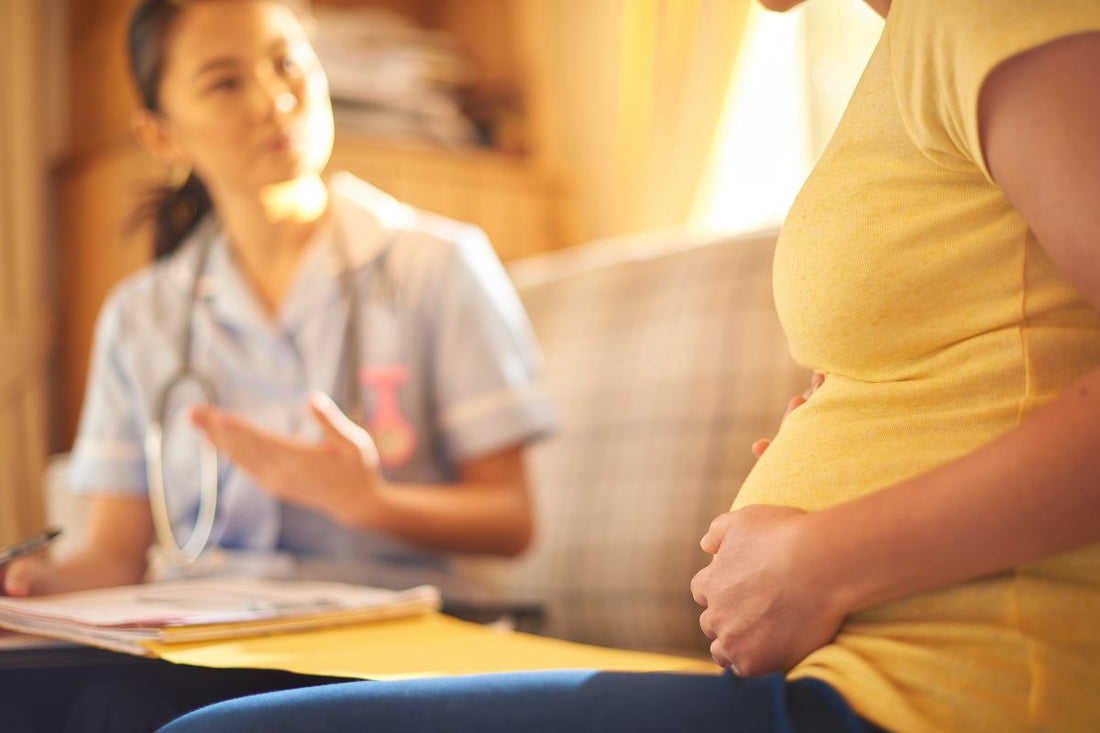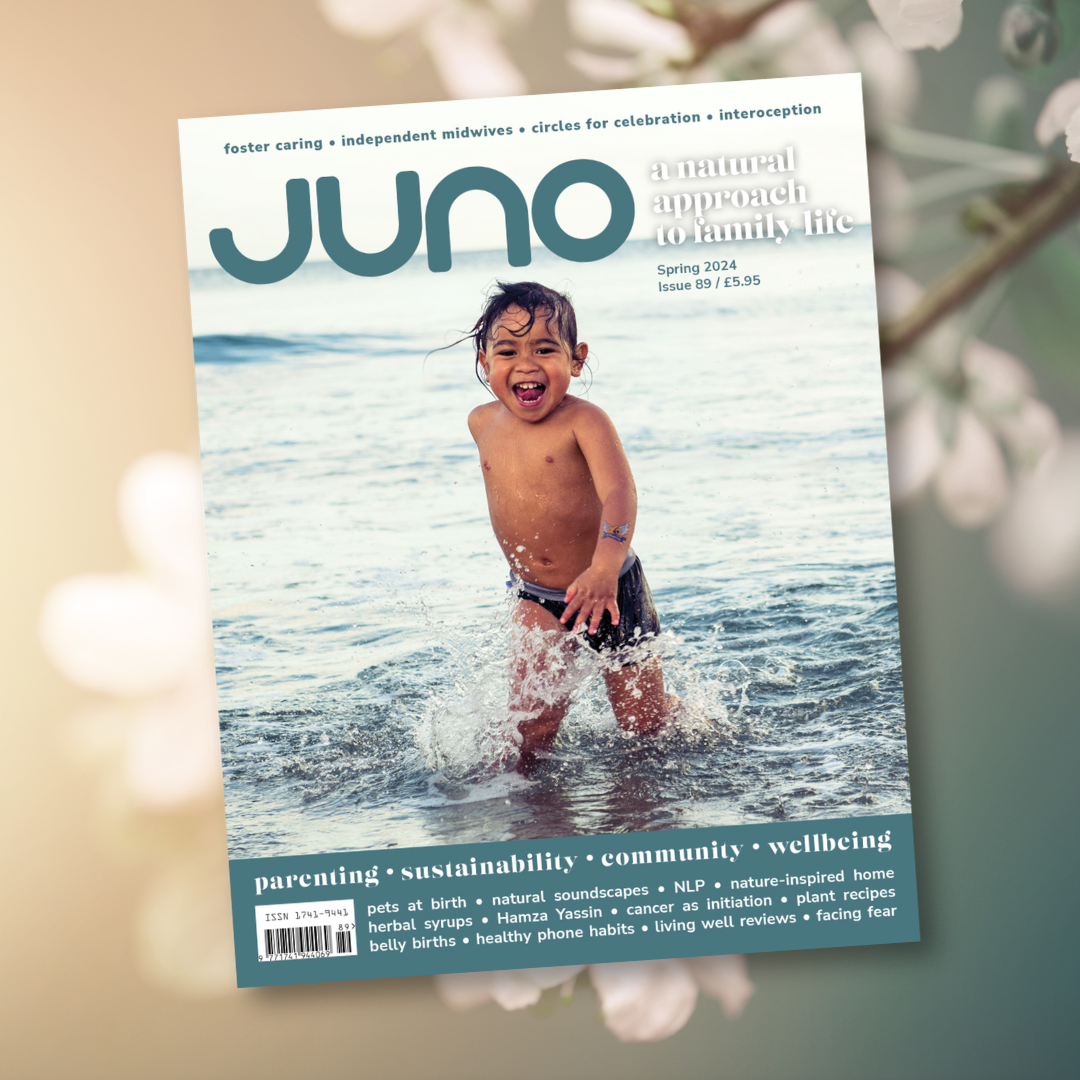I have recently read the book Midwifery from Tudors to the 21st Century: History, Politics and Safe Practice in England. The author is a retired midwife teacher, Dr Julia Allison, whose research influenced government policy through the publication the Changing Childbirth report in 1993.1 Its goal then was to review policy of NHS maternity care and childbirth, and to make recommendations. In previous decades, midwives had all but lost their roles and had become obstetric nurses. Parts of the report are as relevant today as they were then:
Care is provided “with the pregnant woman at its centre.” She can make choices “after hearing all of the available options and having procedures and interventions carefully discussed and explained… Gone, or going, are the days of doctors’ paternalism (or maternalism, for that matter). As professionals we owe it to our patients to develop our skills in providing them with information clearly and in an unbiased non-prescriptive way, yet helping them to make appropriate choices.”2
This is still not part of typical pregnancy care, despite 28 years passing.
Julia was president of the Royal College of Midwives and then general secretary. She retired and was awarded a PhD in 2013. She says, “I was inspired by all the midwives and mothers who wanted, but would never experience, a home birth… I knew home birth was safe, yet thousands of women every year were hospitalised for birth, against their wishes, using precious hospital resources unnecessarily.”3
In this fascinating book, Julia shows that historically, midwives offered mothers safe care.4 Before I read this, I had only heard how many mothers and babies died in these times. The stories are that Tudor midwives used strange practices and when the medical men or man-midwife or accoucheurs arrived, they saved everyone the midwives had not been able to. Julia studied parish registers in Latin and English and transcribed them to reveal the truth. These men created more problems than previously existed, and fudged details of events to aggrandise their positions, knowledge and power, removing midwives from their work and creating doubt over their integrity.
Julia previously wrote the book Delivered at Home, about the experiences of mothers giving birth at home, how midwives worked during the 1950s to 70s, and how safe and well mothers and babies were at this time: there were no deaths with midwifery-led care.5 Midwives were then known as ‘district midwives’, and they were the last midwives to have the courage of their convictions based on their own experiences.
The standardisation of services followed in which local, regional services were removed and offered centrally instead. From this point, 100% of births took place in hospital, whereas previously nearly all births happened at home. As the role of the obstetrician grew, they took over the midwives’ caseload and irreversibly damaged relationships. Midwifery has never recovered. Julia says everything changed from this point, particularly the belief that childbirth is a normal process which can mostly be safely managed by a mother and a midwife working together. The propaganda that birth is not normal damages the confidence of midwives and mothers.
It has been useful to understand the history of midwifery and to see with fresh eyes who has the power in the room and why. It has also helped me to understand my position, role and responsibility as a midwife when with birthing people. My private work is often to support upset mothers who have felt manoeuvred rather than heard, and my role here is to listen and encourage self-confidence. My first priority is always to do no harm.
Changes in policy and care are sometimes slow and barely noticeable and at other times glaringly obvious and fast. As Julia says, it is down to the public purse and government initiatives and not in the best interests of birthing mothers. It’s up to us to look after ourselves, individually and together, to ensure birth is as straightforward as possible. Home birth or birth centre birth ideally, and continuity of care and a relationship with a midwife.
RESOURCES
birthinternational.com/are-midwives-a-dying-breed
REFERENCES
- DoH, Changing Childbirth: Report of the Expert Maternity Group Pt.1 (Stationery Office Books, 1993).
- Mary Anderson, ‘Changing childbirth. Commentary I’, BJOG, Volume 100, Issue 12 (1993), 1071–1072.
- Sheena Byrom, ‘In conversation with: Dr Julia Allison, midwife extraordinaire’ (May 2017), available at byromandbyrom.com.
- Julia Allison, Midwifery from Tudors to the 21st Century: History, Politics and Safe Practice in England (Routledge, 2020).
- Julia Allison, Delivered at Home (Cengage Learning, 1996).
____

Eleanor Copp supports families across the UK, currently online. relaxedparenting.co.uk 07929 857 608
____
First published in Issue 69 of JUNO. Accurate at the time this issue went to print.



